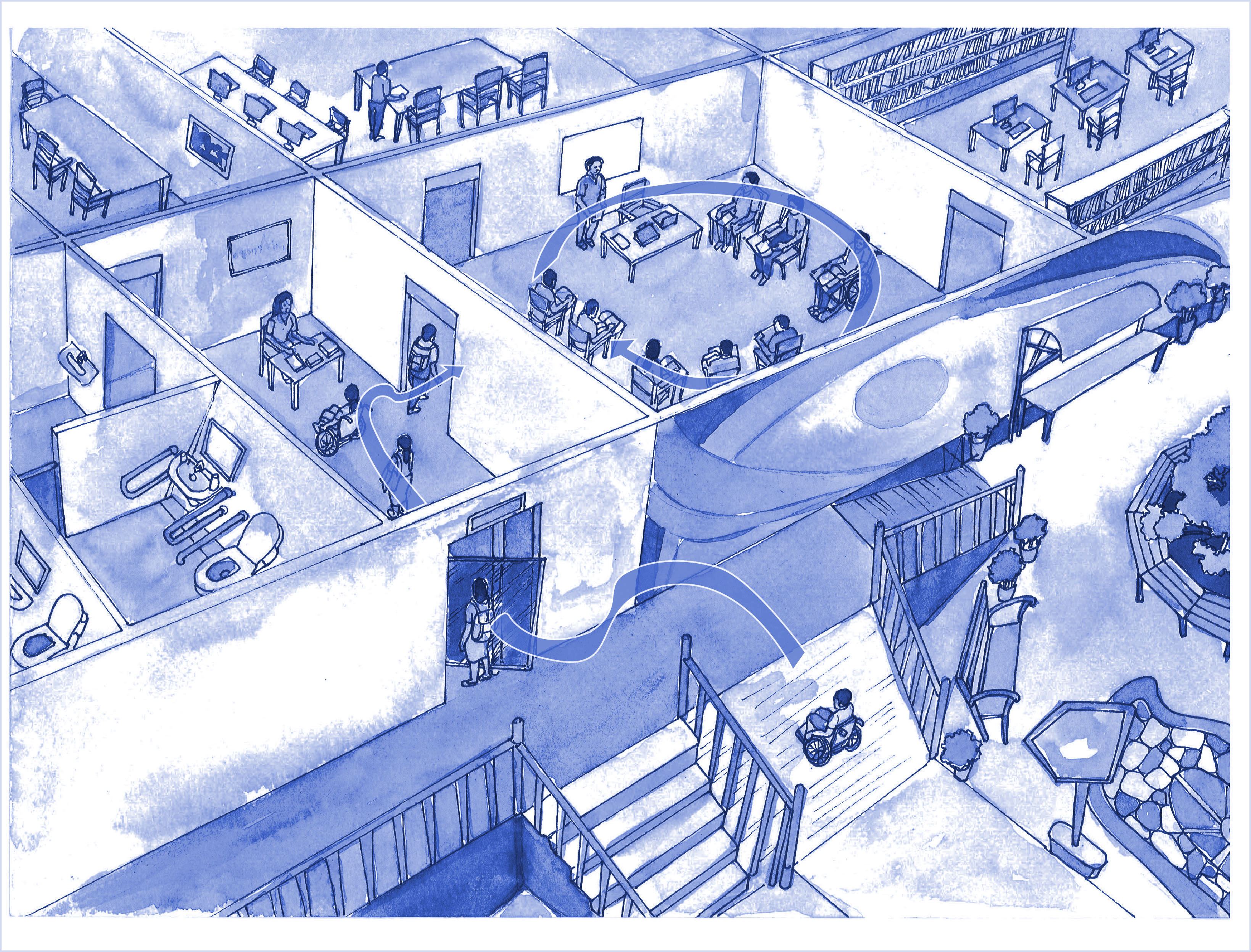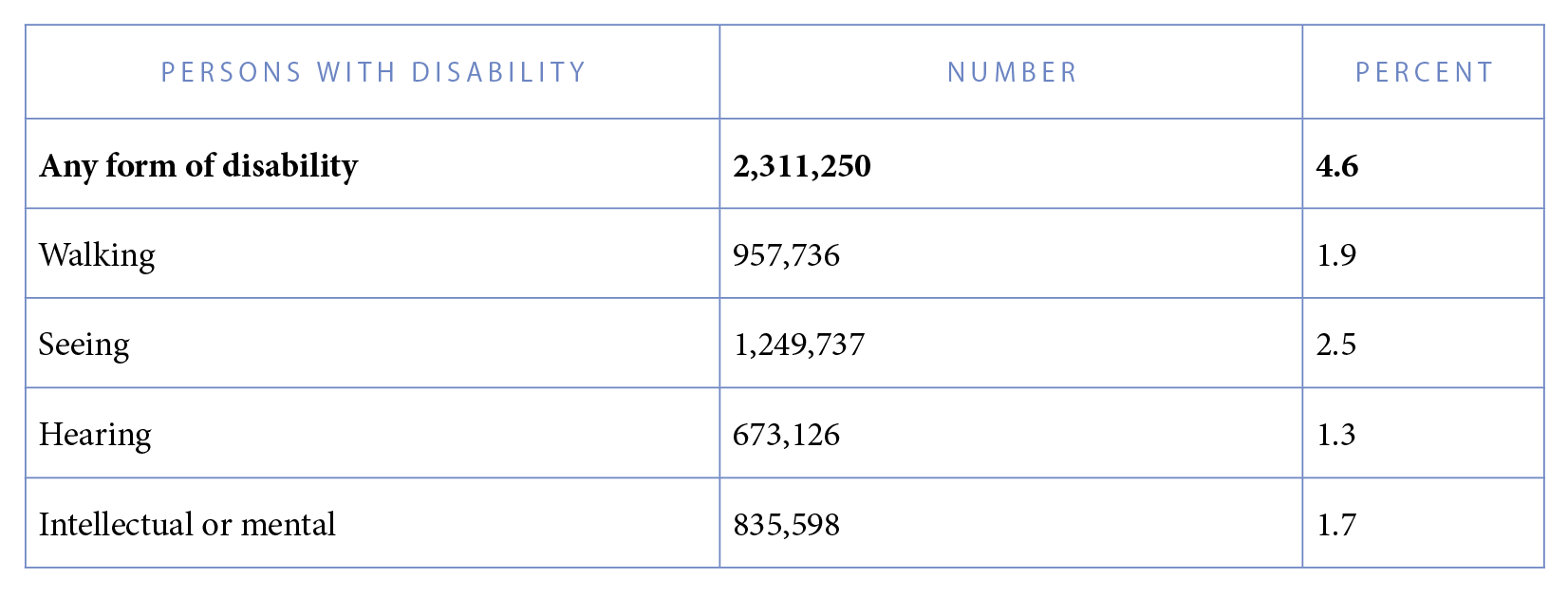Preview
- What causes a disability?
- What does ‘disability’ mean?
There is no one universal definition of what disability is. However, according to the World Health Organisation (WHO), there are two main models of disability: the medical model and the social model.
The medical model views disability as an impairment of the individual, directly caused by disease, mental trauma, physical injury, or other health conditions. The medical model seeks to address disability by having the impairment treated by medical professionals. There are no universal classifications of disabilities in the medical model. However, common classifications include:
Physical: Impairments due to a physical cause that impact the ability to perform physical activities, such as mobility.

Neurological: Impairments of the nervous system that occur after birth.
Sensory and Speech: Impairments related to the five senses (vision, hearing, smell, taste, touch) and speech.
Intellectual and Cognitive: Impairments of mental functions that appear during the first 18 years of life that create difficulties in learning and the performance of daily life skills, and cause skill limitations when compared to others of the same age.
Mental Health: Disorders that affect mood, thinking and behaviour in daily and social life.
Acquired Brain Injury: Damage to the brain that happens after birth. This damage could be caused by accidents and violence, infections and diseases developed at an adult age.
Like the medical model, the social model recognises that a person may have an impairment. However, the social model does not view the impairment itself as a disability. Rather, this model views disability as a result for individuals with impairments when they are faced with barriers in their social or physical environment. Social barriers may include negative attitudes against someone’s impairment. Physical barriers may include inaccessible buildings and public places.
Reflection/Discussion
In your opinion, which model seems more appropriate or fair, the medical model or the social model?
Focus on Myanmar:
Persons with Disabilities in Myanmar

Myanmar’s 2014 Population and Housing Census used four classifications to identify persons with disabilities. The census results showed the following statistics for the surveyed population:

Myanmar’s Rights of Persons with Disabilities Law (2015) includes more classifications. It describes persons with disabilities as having “long-term physical, vision, speaking, hearing, mental, intellectual or sensory impairments from birth or not”. It describes disability as “the inability to fully participate in society because of barriers in the physical environment, the attitudes and perspectives of others and other barriers”.
As such, the law recognises both the medical and social models of disability.
အမျိုးသားရေးဝါဒီ
လှုပ်ရှားသွားလာနိုင်မှု
အမွေအနှစ်
ကိုလိုနီဝါဒ